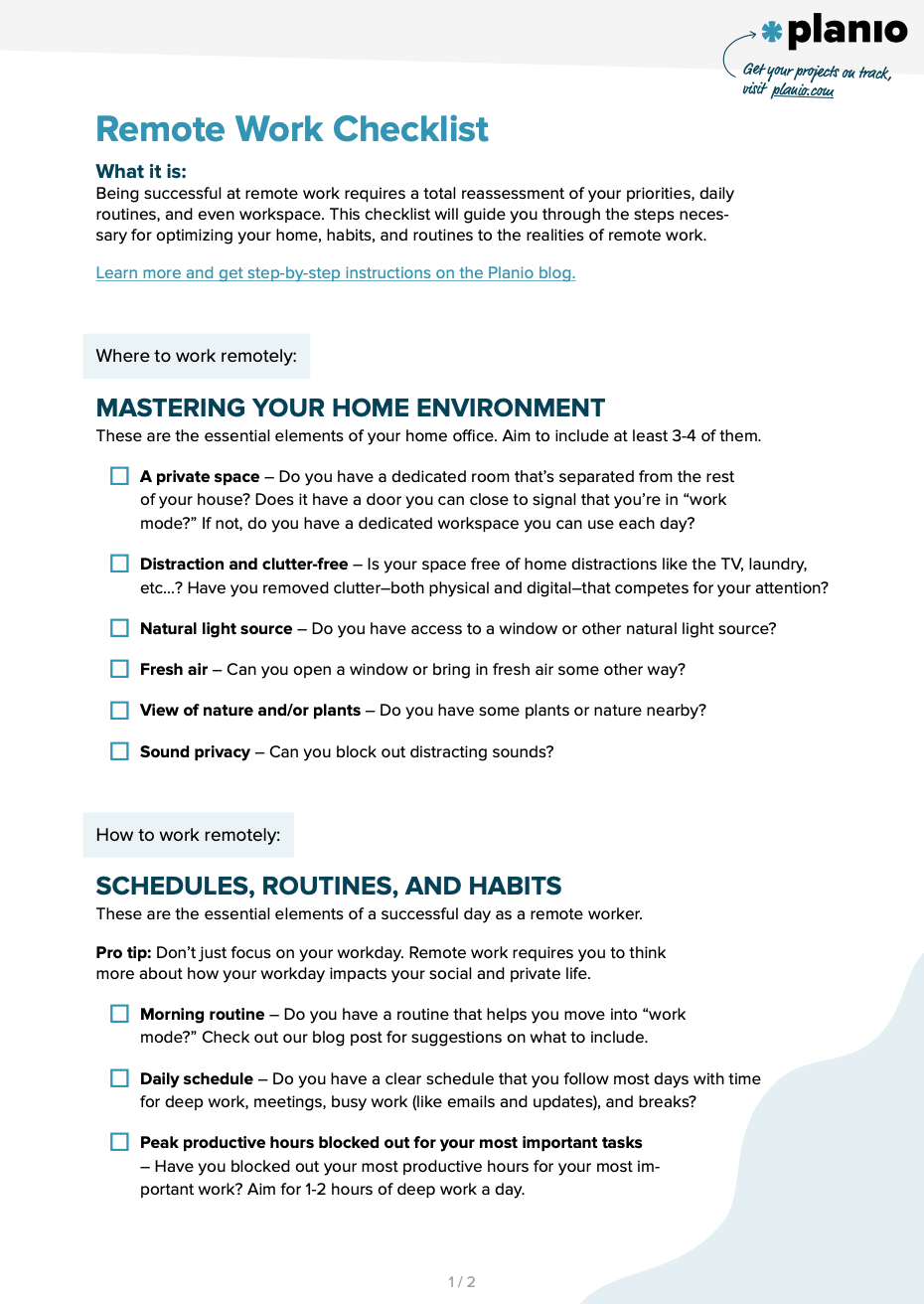
Below you will find a list of the documents you should be aware of.Closing Disclosure: There are two Closing Disclosures when purchasing/selling a property. You will be signing documents related to the real estate closing, but also for the closing of your mortgage. As fair warning, be prepared to sign an overwhelming number of documents at the time of closing. Real Estate Closing Statement And Documents You Should Be Aware Of.
Make sure that data stored digitally is fully deleted from your case management system or digital storage.Closing Date: Date usually set in the contract as to when ownership of the property will be transferred. These agreements can be specific and lengthy, or fairly informal and brief.fulfil your client care obligations show efficiency. You only need a written agreement between the buyer and seller. Some businesses can participate in the Restrictions.What document do you use if the buyer wants to take possession of the home before the sale closes There isn't a specific form or document that you need to use to let the buyer take possession before closing. This is one is for the Buyer.Public health restrictions are in place to reduce the impacts of COVID-19 on the health care system.
Store House Closing Documents Cracked In Five
Settlement Agent: This identifies us as the one who is doing your closing.Tax documents Keep tax returns, as well as supporting documents like W-2 forms, receipts, and real estate closing statements for seven years. You want it for the fire protection so hide it, preferably behind a painting on the wall. The safe you get at the office supply store can probably be cracked in five seconds with a magnet, so don’t rely on it for security. Find a nice safe place in your house, put in a fire-safe, and stick your documents in the safe.
Some loans have have ARMS (not like an octopus although it can feel like it). The term Borrower is used when the Buyer is borrowing money to purchase the property.Seller: Name of the Sellers of the Property.Lender: Name of Lender (usually a bank) loaning the money to the Buyer/Borrower in order to purchase the property.Loan Term: Sets the time period over which the loan is being calculated. Property: Address of property being purchased.Sales Price: Purchase price of the property.Borrower: Name of the Buyer of the property.
The mortgage may contain an option to “reset” the interest rate to the current market rate and to extend the due date if certain conditions are met.Payment Calculation: Sets the time period over which the loan is being calculated. The Balloon Payment) being due in a lump sum payment at the end of a specific period of time (usually 5 or 7 years). A pre-payment penalty means the lender can charge you a fee if you pay off your mortgage early.Balloon Mortgage: A mortgage with monthly payments often based on a 30 year amortization schedule, with the unpaid balance (i.e. See the Estimated Total Monthly Payment.Pre-payment Penalty:A feature on some mortgages/promissory notes. The one shown in this example is a Fixed Rate Loan over 30 years.Loan Amount: Amount borrowed from the lender, excluding interest.Interest: The cost you pay the Lender to borrow their money usually expressed as a percentage (%) of the Loan Amount borrowed.Monthly Principal & Interest: Principal (the amount you will borrow) and interest (the lender's charge for lending you money) usually make up the main components of your monthly mortgage payment.Your total monthly payment will typically be more than this amount due to taxes and insurance.
BUT, if under the "IN ESCROW?" column it says "NO" then this means that there is an additional charge above the monthly Escrowed payment ($326.22 above) each month that you will need to pay separately.Closing Costs: Upfront costs you will be charged to get your loan and transfer ownership of the property.Cash to Close: Total amount you will have to pay at closing, in addition to any money you have already paid.Closing Disclosure: There are two Closing Disclosures when purchasing/selling a property. This box is confusing because the Estimated Escrow above is included in this amount. The one shown in this example is a Fixed Rate Loan over 30 years.Principal: Is the amount you are borrowing (excluding interest).Interest: Is the amount your lender is charging you for borrowing their money.Estimated Escrow: Additional charges the Lender will be charging, such as property taxes and homeowners' insurance, that are bundled in your monthly payment, and which they hold and pay-on your behalf in order to secure themselves that these costs are actually being paid.Estimated Total Monthly Payment: The total payment you will make each month, including mortgage insurance and escrow, if applicable.Estimated Taxes, Insurance & Assessments: This box tries to give a realistic assessment of what the taxes, insurance and assessments will cost every month. An adjustable rate mortgage (ARM) offers a fixed rate for an initial period, typically 3,5,7, or 10 years, and then adjusts every six months, annually, or at another specified period, for the remainder of the term.



 0 kommentar(er)
0 kommentar(er)
